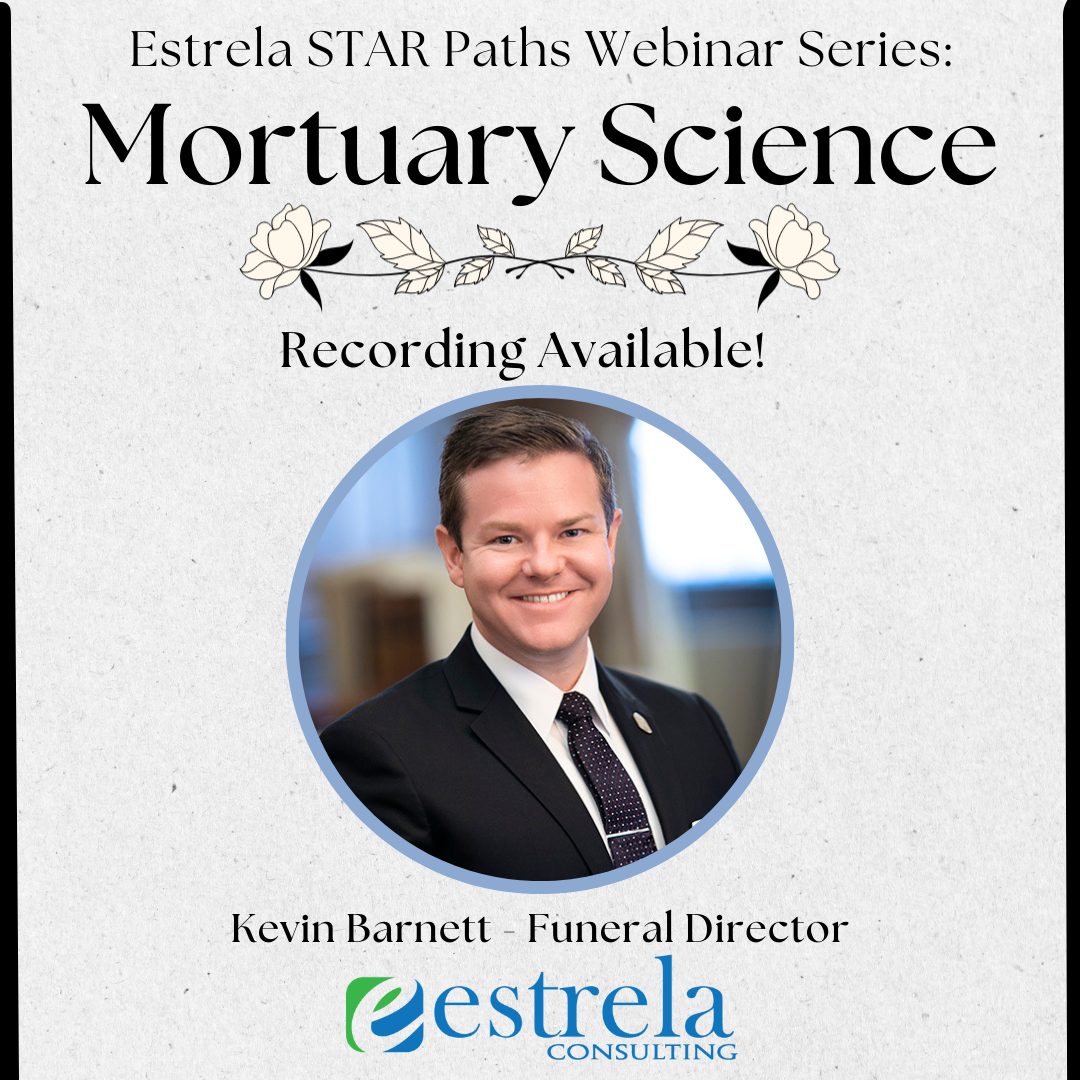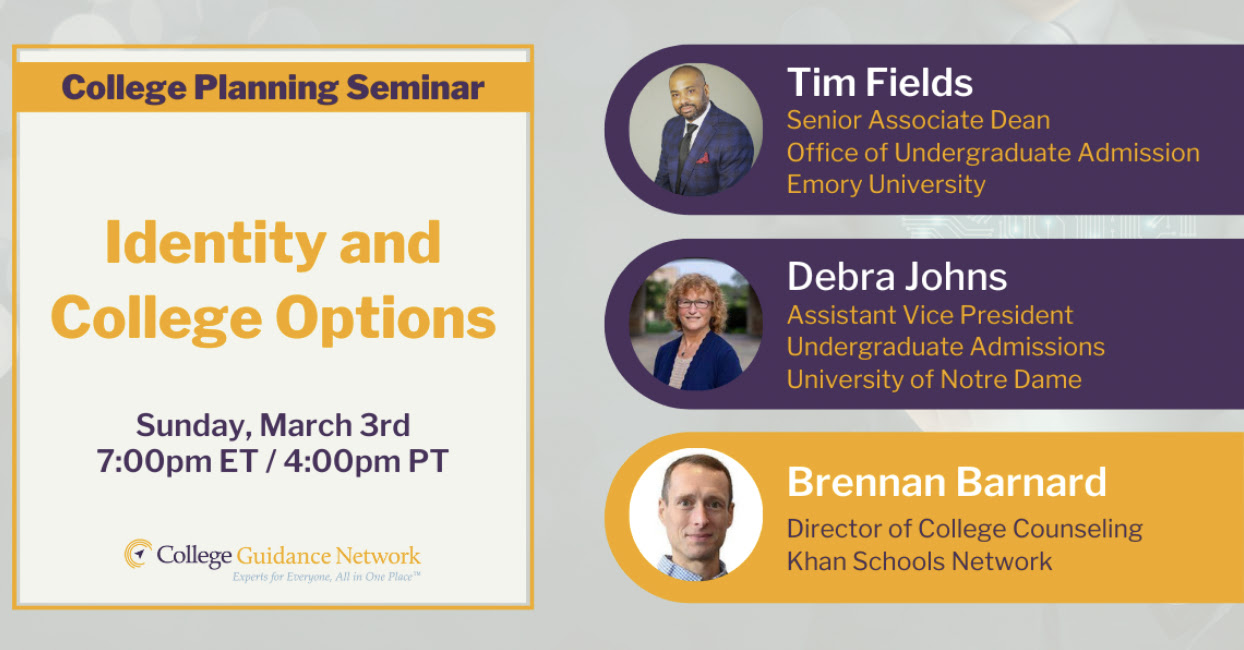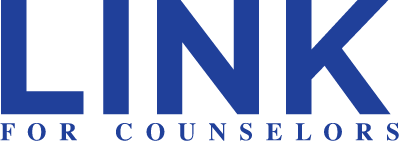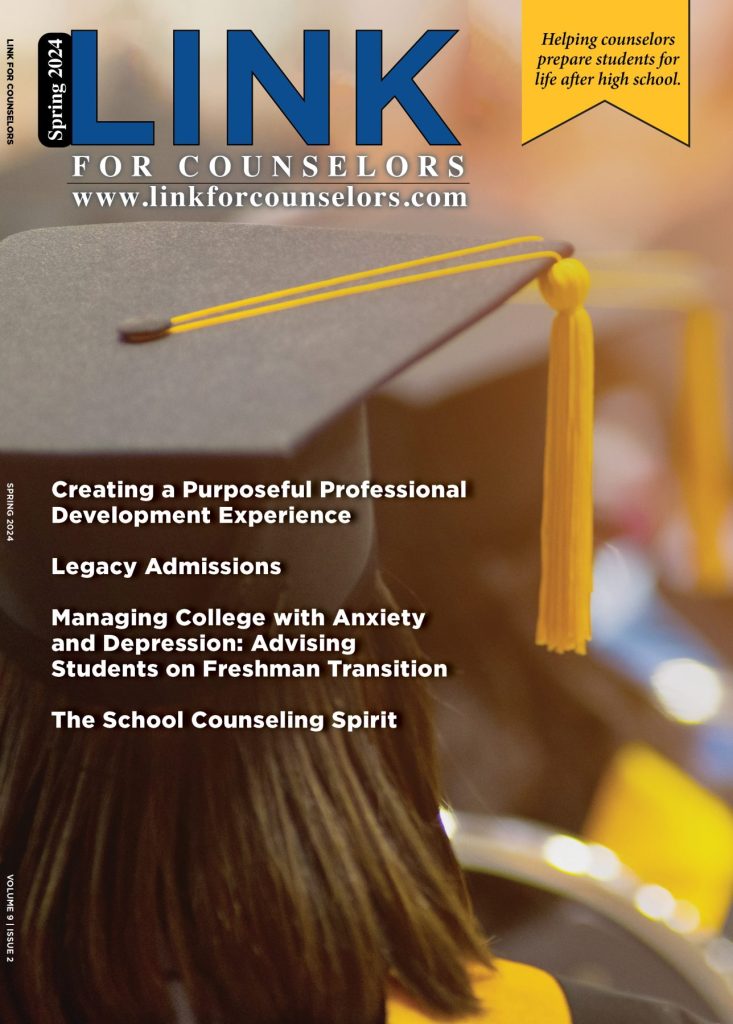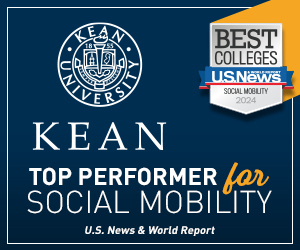It’s not an easy time to be a teenager. On average, college tuition prices increase by about 5% each year. In a world where more than half of all high-paying jobs require at least an undergraduate degree. That can put a lot of pressure on kids who are preparing to graduate from high school and start making choices about their adult lives.
They have dreams and ambitions they want to accomplish, but they need to balance their goals with a sensible dose of reality. Do their skills and means align with their objectives? Do they need to tighten up their transcripts? Improve their skills?
Or is it possible that there are opportunities waiting for them that they haven’t even considered before? As their counselor, you can help them balance their dreams, and identify paths that will lead to a satisfying future.
In this post, we take a look at how you can help high school students set achievable career goals.
Do Seventeen-Year-Olds Really Need Career Goals?
That’s an interesting question— particularly when viewed in the context of the most recent generation to fully incorporate into the workforce. Millennials change jobs once every three years on average. If future generations maintain that rate of turnover, it could indicate that there isn’t much of a need for kids to have their careers mapped out as teenagers.
And yet, there are certainly strong benefits to having a good idea of what you’d like to do with your life at a young age. High school students with strong career goals are more likely to graduate from college. That alone will— in most cases— open the door to higher-paying careers.
There are also softer benefits to having career goals at a young age. High school students with well-defined ambitions tend to be more driven and confident than their peers.
How Can Counselors Balance Dreams and Reality?
Dreams and reality can often feel at odds. Kids are taught that they can grow up to be anything as long as they put in the effort. But is that advice actionable for kids who are about to graduate out of the public school system?
Counselors can help students navigate that balance by learning about their interests and explaining what steps they will need to take to achieve their goals.
Be Honest
Your job as a counselor is not necessarily to tell students that the world is their oyster. Nor is it to tell them that they are incapable of doing something. Instead, leverage honesty. If a D-student tells you that they want to get a job working at NASA, explain why their transcript currently indicates that that won’t be happening.
Help Them Understand What They Need to Make Their Dreams Come True
During meetings with students who are preparing to graduate, listen carefully to what their goals are and try to ground those ambitions in concrete facts. Tell them what type of education will be required for the job they are interested in. If it seems they are interested in a career path that their records don’t indicate they have the aptitude for, you don’t necessarily need to discourage them.
You may, however, find it worthwhile to point out jobs that more closely align with the skills they have already demonstrated.
At the same time, you should leave the door open for the possibility of improvement. High school transcripts are often a very inaccurate reflection of a child’s natural ability. However, if the student’s record does not align with their goals, they should be made aware of it.
Connect Your Students with the Resources They Need to Succeed
While some students will require little in way of guidance, others may need extra help to achieve their goals. Connect them with resources that align closely with what they are trying to achieve. Tutors, study materials—whatever resources you feel might help them reach their career goals.
Introduce Them to Career Paths They Might not Have Considered
It’s a little strange how we as a society expect seventeen-year-olds to know what they want to do with the rest of their lives. Sure, you always have the option to change career paths, but unless you zero in on something pretty quick, any change will often require postponing college graduation, or even going back to school.
Considering the overwhelming cost of receiving a college education, that won’t be a great option for most people.
You can help your students avoid that risk by introducing them to career paths they might not have considered. For example, everyone knows that there is the option to become a doctor or a nurse, but have your students given epidemiology any consideration?
Probably not. There are loads of relatively obscure, but highly rewarding career paths out there. Talk to your students about what they are interested in and see if you can recomend some interesting career paths that align with the things they like.
College Isn’t the Only Path Forward
Many high school students stress at the idea of spending four years at a university. They have heard about the crippling costs of getting that education and they just don’t have any interest in spending that much time and money on a degree.
You can help introduce your students to the wide range of options available to them. Many white-collar jobs are currently in limbo as companies downsize and AI changes the professional landscape forever.
The demand for trade positions, on the other hand, remains steady. Not only does skilled labor enjoy constant access to work, but they receive high-pay.
The word “ambition,” shouldn’t be limited just to kids who plan on getting a college degree. Counselors are responsible for recognizing the potential in all of their students. While there is nothing wrong with highlighting the merits of college education, be sure to also shine the spotlight on some of the rewarding opportunities that will be available to people who complete a trade school certification.

